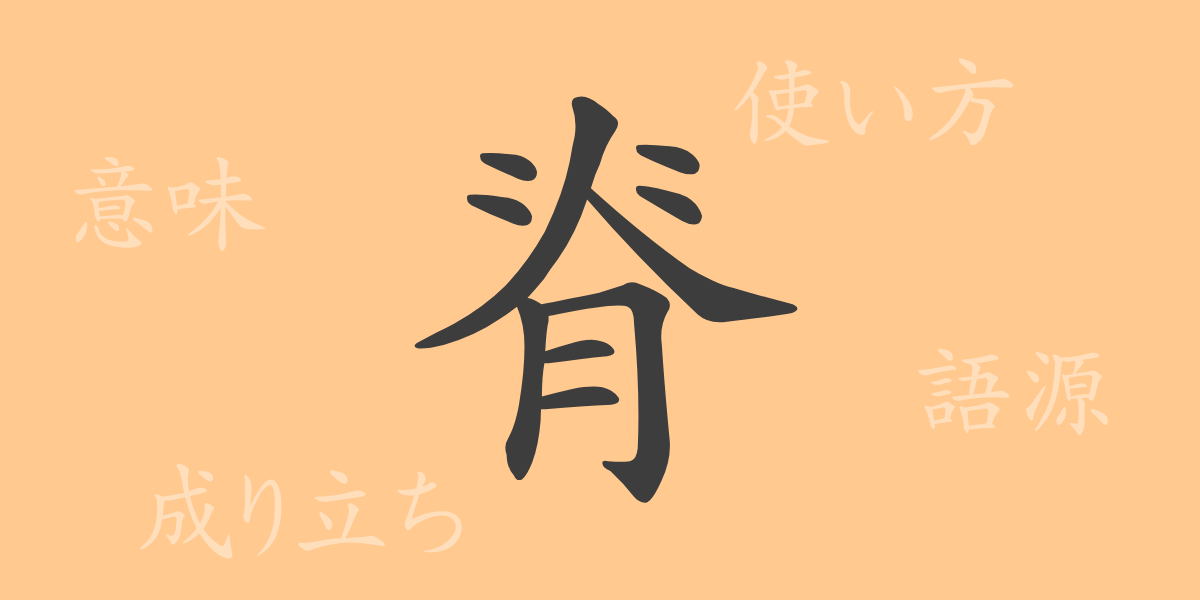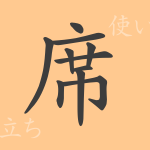Japanese language is rich with kanji, each carrying its own unique history and meaning. This article focuses on the kanji ‘脊’ (セキ), exploring its origins, meanings, and uses, along with the idioms it forms part of. Though not commonly encountered in everyday life, ‘脊’ holds a special place in the language, and this exploration will bring us closer to its allure.
Origins of 脊
The kanji ‘脊’ has ancient roots, derived from a pictograph representing parts of the body. In ancient China, it was used to denote the human or animal spine, shaping the character ‘脊’. Over time, it evolved across various cultures and languages, becoming a standard kanji in modern Japanese, where it continues to signify spinal and related concepts.
Meaning and Usage of 脊
‘脊’ carries meanings like ‘spine’, ‘ridge of a mountain’, and ‘the protruding part at the center of an object’. For instance, ‘脊椎’ (せきつい) means spine, a term also used in medical contexts. ‘脊山’ (せきざん) refers to a mountain ridge. Thus, ‘脊’ is utilized in diverse contexts, reflecting its varied implications.
Readings, Stroke Count, and Radical of 脊
The kanji ‘脊’ has specific readings and structural details important for understanding its usage in Japanese.
- Readings: On’yomi ‘セキ’, no specific kun’yomi.
- Stroke Count: 10 strokes.
- Radical: 月 (にくづき).
Idioms and Phrases Using 脊
There are numerous idioms and phrases that include ‘脊’, such as ‘脊椎’ (spine), ‘脊髄’ (spinal cord), and ‘脊索’ (notochord). ‘脊椎’ refers to the vertebral column, ‘脊髄’ to the bundle of nerves running through the spine, and ‘脊索’ to a structure seen in embryonic stages of vertebrates, which develops into the spine. These terms are frequently used in medical and biological contexts.
Conclusion on 脊
This article has detailed the etymology, meaning, usage, and idioms of the kanji ‘脊’. Although not frequently used in daily conversation, ‘脊’ is indispensable in the fields of medicine and biology. Understanding the history and meanings behind each kanji, like ‘脊’, enriches our appreciation of the Japanese language’s depth.

























